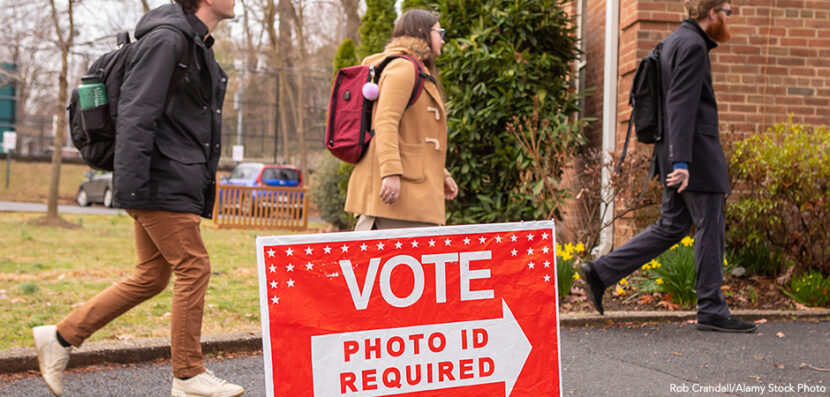Votes Rejected in Texas Primary
On March 1, 2022, Texas voters went to the polls to vote in their primary elections. However, new voting laws in the state led to thousands of ballots being rejected. Here, Election Central takes a closer look.
What Happened?
The Texas legislature recently passed Senate Bill 1, which requires voters to provide part of their Social Security number or driver’s license number on their mail-in ballots (both on the ballot itself and on the envelope they mail it in). That number must match the number on the person’s voter registration record, which could be decades old. This caused some ballots to be rejected. Also, many voters didn’t see the place on the envelope where they were supposed to write their number, because it was located under the flap. According to the Texas Secretary of State, this was why most of the ballots were rejected.
How Widespread Was the Problem?
Across the state, almost 23,000 eligible ballots were rejected. In the state’s most populated Harris County, which includes Houston, nineteen percent of ballots were rejected–nearly one out of five. In the 2018 primary election, which did not follow these new voter identification rules, only 135 ballots out of more than 48,000 were rejected in that county–or 0.28 percent. These numbers are so high that voting rights organizations, such as the Texas Civil Rights Project, are questioning whether the Texas primary can even be considered a valid democratic election.
Who Was Most Affected?
Every state has its own rules about who can and can’t vote by mail, and Texas’s new rules are very strict. To be eligible to vote by mail, you have to fall into one of these categories.
- aged65 years of age or older;
- sick or disabled;
- out of the country;
- about to give birthwithin three weeks before or after the election; or
- in jail.
Also, the high rate of rejected ballots in Houston, especially in African American precincts, shows that African American voters were also disproportionately affected. In fact, in Harris County, voters in areas with large African American populations were 44 percent more likely to have their votes thrown out than in predominantly white areas.
Both Democrats and Republicans were affected by the new rules. For example, in Harris County, more than 3,800 Democratic ballots were thrown out, as opposed to about 3,100 Republican ballots. But because more Democrats voted than Republicans, a higher percentage of Republican ballots were tossed (twenty percent versus seventeen percent). Republicans were more affected in some counties, and Democrats in others.
What’s Next?
The Texas Secretary of State’s office is putting together voter education programs to try to inform people about the rule changes and the correct way to fill out and send in a mail-in ballot. Voting rights organizations are also working to get the word out. They want to teach local and state election officials how to better communicate the changes to voters. Experts are also turning their eyes to other states that have passed similar election laws–including critical battleground states like Georgia–out of concern that the same thing could happen there.



